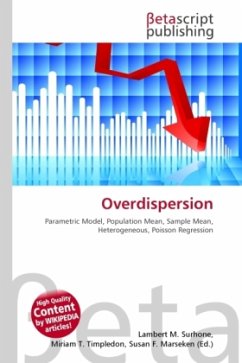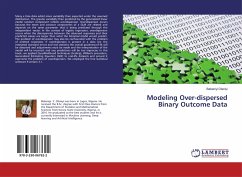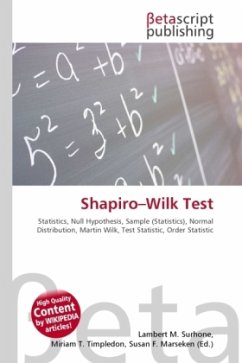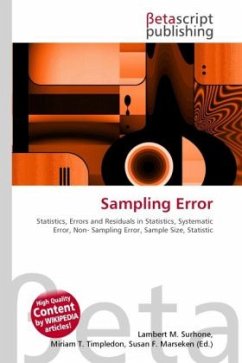High Quality Content by WIKIPEDIA articles! In statistics, overdispersion is the presence of greater variability (statistical dispersion) in a data set than would be expected based on a given simple statistical model. A common task in applied statistics is choosing a parametric model to fit a given set of empirical observations. This necessitates an assessment of the fit of the chosen model. It is usually possible to choose the model parameters in such a way that the theoretical population mean of the model is approximately equal to the sample mean. However, especially for simple models with few parameters, theoretical predictions may not match empirical observations for higher moments. When the observed variance is higher than the variance of a theoretical model, overdispersion has occurred. Conversely, underdispersion means that there was less variation in the data than predicted. Overdispersion is a very common feature in applied data analysis because in practice, populations are frequently heterogeneous contrary to the assumptions implicit within widely used simple parametric models.







